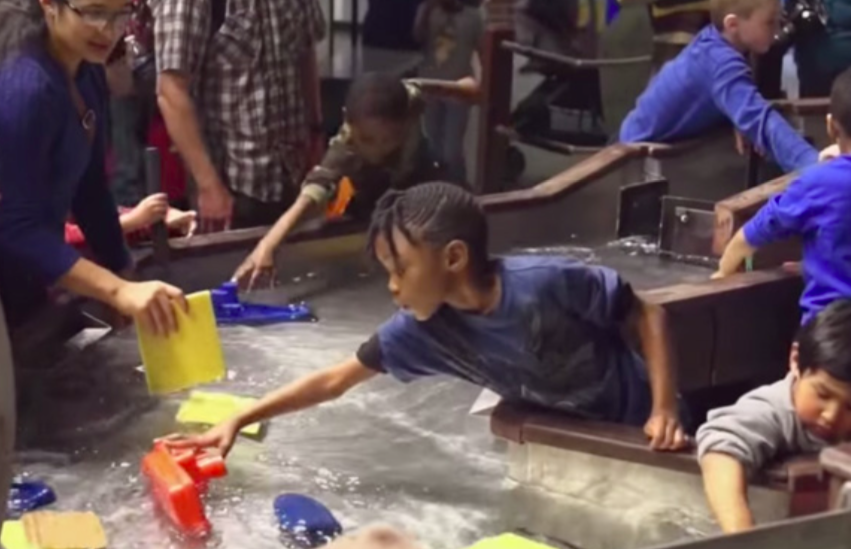How does a major cultural institution with a national focus reach its neighbors? That was the problem facing The Children’s Museum of Indianapolis. It never imagined that an answer might come from SAVI. But it did.
The Children’s Museum is one of the top destinations of its type in the nation, with a powerful citywide and statewide reach. However, its level of success hasn’t stopped the museum from focusing on improving the lives of residents in its own backyard.
The Children’s Museum has a broad range of programs dedicated to community initiatives in the Mid-North neighborhood, and it uses SAVI to inform its program development in this area.
“SAVI is a great tool that I’ve used many times in a variety of roles in different places that I’ve worked, including as a board member of a nonprofit,” said Anthony Bridgeman, Director of Community Initiatives. “It’s a great tool useful for identifying or creating a better focus on the target populations or target areas that we’ll be working with.”
The Children’s Museum uses SAVI primarily for demographic research and analysis. For instance, it uses SAVI to identify nearby areas with a high concentration of families that it can target for neighborhood events and after-school programming. SAVI even allows the team to look for clusters of households with single moms or single dads. The team combines these demographics with key community assets, including transportation networks, to help them understand how best to serve this audience.
Some of the community initiatives offered by The Children’s Museum include after-school programming, free and discounted museum admission for eligible families, and a Quality-of-Life plan to improve six Mid-North neighborhoods. Consider after-school programming: “In the northern part of the neighborhood, there are a lot of economic challenges, as well as crime, so we use SAVI to identify opportunities for working with community partners,” said Bridgeman. This strategy enhances educational opportunities for children in the neighborhood.
Data mined from SAVI not only informs programming, but enables fundraising at The Children’s Museum by enriching case- making and reporting for grants.
“SAVI data is essential to really providing context to our funders, not only by showing them where the need is within the community, but also by demonstrating how we’ve made a difference over time,” said Cory Rutz, Director of Foundation and Government Relations.
Rutz first heard about SAVI from a colleague at the museum who had completed a SAVI training course. SAVI data, in conjunction with the museum’s own data, gives more context to grant reviewers and a richer reporting experience to donors who support programs at the museum.
“The data and SAVI really help us tailor our programming at the museum when we are working with a particular school system or particular township,” said Rutz. “We can look more at what the needs are, what kind of education deficits exist, what kind of assets there are, and, sometimes, it can help us focus our efforts in one area or another.”
Whether at the regional level or in its immediate neighborhood, The Children’s Museum is using data to drive better education—and social—outcomes for families in Central Indiana.



